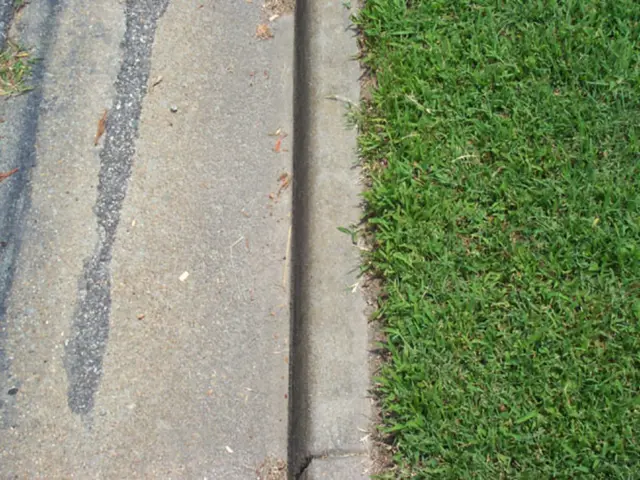Distinguishing Age Spots from Skin Cancer: A Guide to Recognition
Spotting the Difference: Age Spots vs Skin Cancer
As we age, our skin may develop various marks, and it's crucial to tell the harmless age spots apart from potentially dangerous skin cancer. Here's a guide to help you identify the key differences and when to seek medical advice.
Age Spots: What Are They?
Often referred to as liver spots or solar lentigines, age spots are small dark patches that appear on sun-exposed areas such as the face, hands, shoulders, and feet. They are generally flat, smooth, yellow, brown, or gray, have defined borders, and range between a few millimeters to centimeters in size.
Skin Cancer: What's Your Risk?
Skin cancer is a type of cancer that primarily affects sun-exposed areas. It happens when UV radiation or other environmental or genetic factors damage skin cells. There are three common types of skin cancer: basal cell carcinoma, squamous cell carcinoma, and melanoma. Unlike age spots, skin cancer can spread to other parts of the body if left untreated.
Differences and Symptoms
While age spots tend to be asymptomatic with a uniform color and smooth texture, skin cancer symptoms vary depending on factors such as the type and stage. Look out for irregular, asymmetrical, or changed sizes, colors, and shapes. Skin cancer may be pink, blue, purple, black, or brown, and can display raised edges, crusty or scaly patches, or other irregularities.*
When and What to Consider
If you notice any skin changes that are unusual for you, it's always a good idea to consult with a healthcare professional. Early detection of skin cancer can significantly improve treatment outcomes.
Diagnosis and Treatment
A doctor or dermatologist will visually examine age spots or lesions and compare their appearance, texture, and placement to determine potential skin issues. In some cases, a skin biopsy may be performed for a definitive diagnosis. While age spots don't require treatment, cosmetic options like creams, lotions, or procedures such as laser treatments, cryosurgery, or chemical peels can reduce their appearance.
Skin cancer treatments vary depending on factors such as the type and stage of skin cancer, and may include surgical removal, radiation therapy, chemotherapy, immunotherapy, or targeted therapy.
- In the field of oncology, particularly dermatology, it's crucial to distinguish age spots from skin cancer, especially for seniors due to their increased risk of developing skin conditions.
- Though both age spots and skin cancer appear on sun-exposed areas, age spots are usually flat, smooth, and have defined borders, while skin cancer can show irregularities such as changes in size, color, and shape.
- Skin care is essential for maintaining health and wellness, and this includes understanding skin-care conditions such as age spots and skin cancer, which can be preventable through science and medical-condition awareness.
- While age spots are generally harmless, otherskin cancer like basal cell carcinoma, squamous cell carcinoma, and melanoma can spread if left untreated and may require medical attention.
- If you notice any abnormalities in your skin, it's advisable to consult a healthcare professional to rule out potential health risks, and this can lead to early detection and effective skin cancer treatment.








